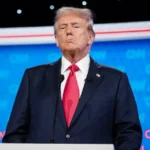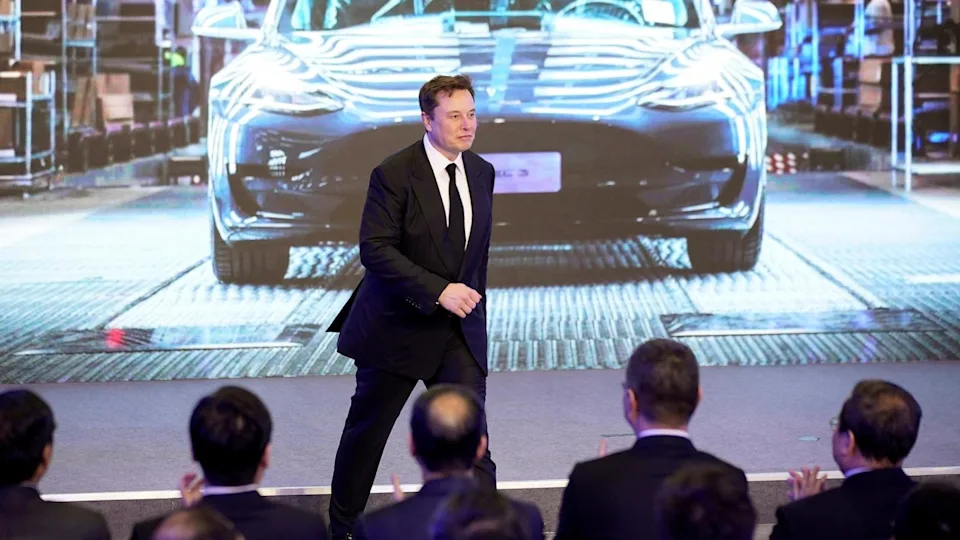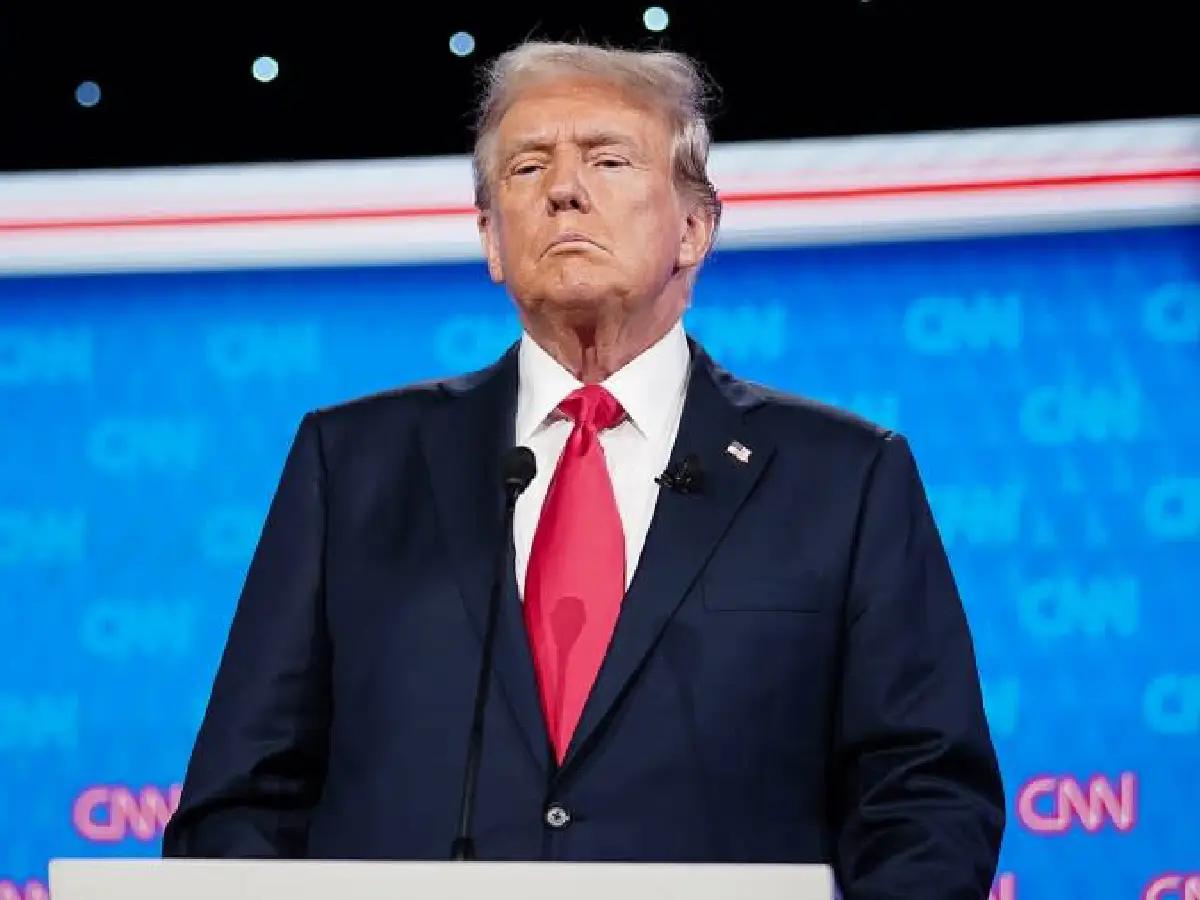### Navigating the Turbulence: Nvidia Among Companies Feeling the Impact of U.S.-China Tensions
As the geopolitical chess game between Washington and Beijing continues, the technology sector is reeling under the weight of increased tariff implementations. Notably, Nvidia, a giant in the tech industry known for its powerful graphics processing units, is one of several entities grappling with the uncertainties brought about by these rising frictions. This situation raises important questions about the future landscape of international trade and technology.
#### The Impact of Tariffs on Tech Titans
The tech industry, which thrives on a delicate balance of global supply chains and international collaboration, finds itself at the crossroads due to recent U.S.-China tensions. With tariffs escalating, companies like Nvidia are compelled to rethink their operational strategies. The tariffs not only increase production costs but also disrupt the intricate supply networks that have been fine-tuned over decades.
Nvidia, used to navigating the competitive waters of technology with innovative solutions, now faces a new kind of challenge that affects its bottom line. The increased costs could potentially be passed down to consumers or could lead to a reevaluation of production strategies, possibly moving supply chains or seeking alternative markets.
#### How Business Leaders are Reacting
Amidst this uncertainty, business leaders from affected companies are being pressed by analysts to disclose more about their strategies to mitigate the impacts of the tariff wars. The discussions reveal a spectrum of approaches, from diversifying supply sources to increasing local production capabilities in less affected regions. Every move is calculated to shield the companies and their stakeholders from adverse economic impacts.
This proactive approach by business leaders underlines the resilience and adaptiveness needed to navigate current economic challenges. Yet, there remains an air of caution as the potential for long-term disruption looms, tentatively affecting future investment and growth plans globally.
#### The Broader Implications for Global Trade
The ongoing tensions and subsequent tariffs are not just a bilateral issue between the U.S and China but have deeper implications for global trade dynamics. Other countries tied economically to these tech giants could face collateral effects, ranging from job losses to shifts in trade partnerships. Moreover, consumers worldwide might see an increase in prices for high-tech products, affecting demand and overall consumption patterns.
Furthermore, such geopolitical tensions serve as a wake-up call for countries and companies to reassess their economic dependencies and vulnerabilities. Diversifying supply chains and exploring new markets become not just strategic moves, but essential steps towards economic resilience.
#### Looking Ahead: Strategies and Adaptations
As companies like Nvidia brace for prolonged uncertainty, the focus shifts towards long-term strategies that can buffer against such geopolitical storms. Innovations in production technology, deeper forays into artificial intelligence for logistical solutions, and strengthened local economies are potential areas where businesses might find solace and opportunity.
While the current scenario presents significant challenges, it also offers a chance to redefine the contours of global tech leadership. Companies that navigate these turbulent times with foresight and flexibility are likely to emerge stronger, setting new benchmarks for the industry.
#### Conclusion
The escalation of tariffs as a tool in geopolitical conflicts brings to the forefront the intricate interdependencies of the global economic ecosystem. For tech industry leaders like Nvidia, crafting a pathway through this labyrinth with minimal collateral damage remains a top priority. As analysts and business leaders continue to monitor and adapt, the broader narrative of resilience and innovation begins to unfold, shaping the future of international trade and global economic strategies.









